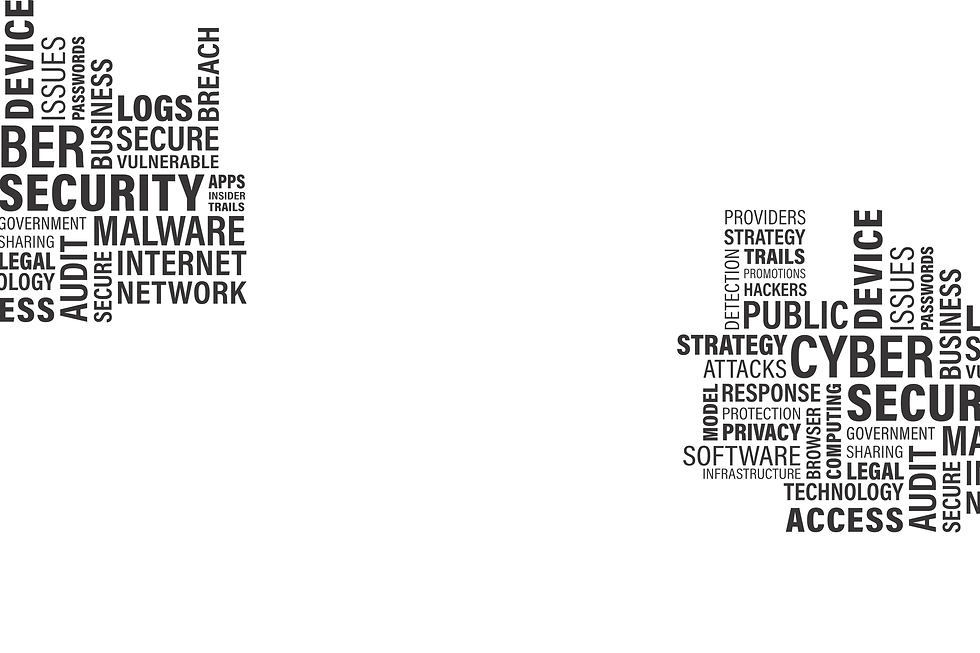top of page

DOD & GOVERNMENT
CYBER WORKFORCE MANAGEMENT PROGRAM
(DoDD 8140.01 & DoD 8570.01-m)

The DoD Directive on Cyberspace Workforce Management purpose is to unify the overall cyberspace workforce and establishes specific workforce elements(cyberspace effects, cyber security, and cyberspace information technology (IT)) to align, manage and standardize cyberspace work roles, baseline qualifications, and training requirements. This directive does not address operational employment of the work roles.
Operational employment of the cyberspace workforce will be determined by the Joint Staff, Combatant Commands, another DoD Components to address mission requirements.The policy is that, The DoD maintains a total force management perspective to provide qualified cyberspace government civilian and military personnel to identified and authorized positions, augmented where appropriate by contracted services support. These personnel function as an integrated workforce with complementary skill sets to provide an agile, flexible response to DoD requirements. {(1c,3a) DoD Directive 8140.01, “Cyberspace Workforce Management (DoD CIO),” July31, 2017}

INFORMATION ASSURANCE TRAINING & CERTIFICATION
IA certification programs are intended to produce IA personnel with a baseline understanding of the fundamental IA principles and practices related to the functions of their assigned position. Each category, specialty, and skill level has specific training and certification requirements. Meeting these requirements will require a combination of formal training and experiential activities such as on-the-job training and continuing education(DoD Directive 8570.01-M, December 19, 2005).
In addition to the IA baseline certification requirement for their level, IATs with privileged access must obtain appropriate Computing Environment (CE) certifications for the operating system(s) and/or security related tools/devices they support as required by their employing organization.

If supporting multiple tools and devices, an IAT should obtain CE certifications for all the tools and devices they are supporting. At a minimum the IAT should obtain a certification for the tool or device he or she spends the most time supporting. For example, if an IAT is spending most of his or her time supporting security functions (DoD Directive 8570.01-M, December 19, 2005).
The above table provides a list of DoD approved IA baseline certifications aligned to each category and level of the IA Workforce. Personnel performing IA functions must obtain one of the certifications required for their position, category/specialty and level to fulfill the IA baseline certification requirement.
Most IA levels within a category or specialty have more than one approved certification and a certification may apply to more than one level.Higher level IAT and IAM certifications satisfy lower level requirements. Certifications listed in Level II or III cells can be used to qualify for Level I. However, Level I certifications cannot be used for Level II or III unless the certification is also listed in the Level II or III cell.
bottom of page

